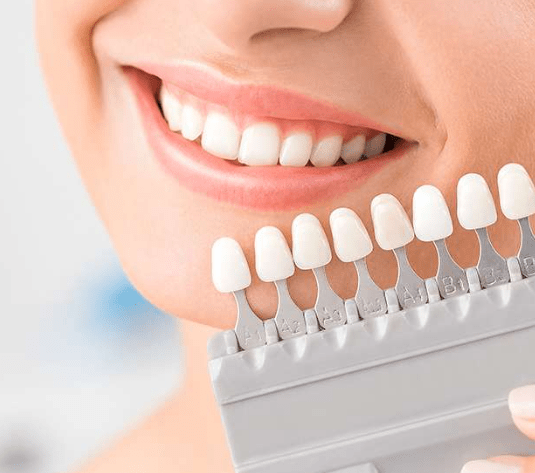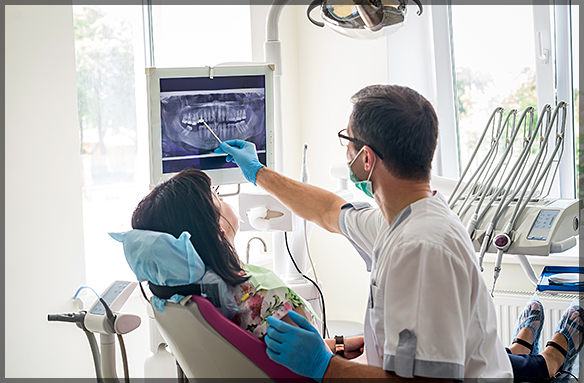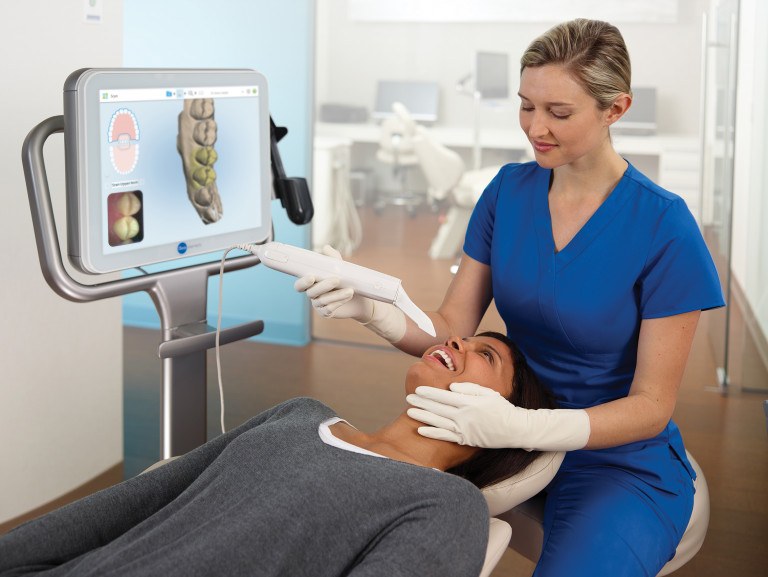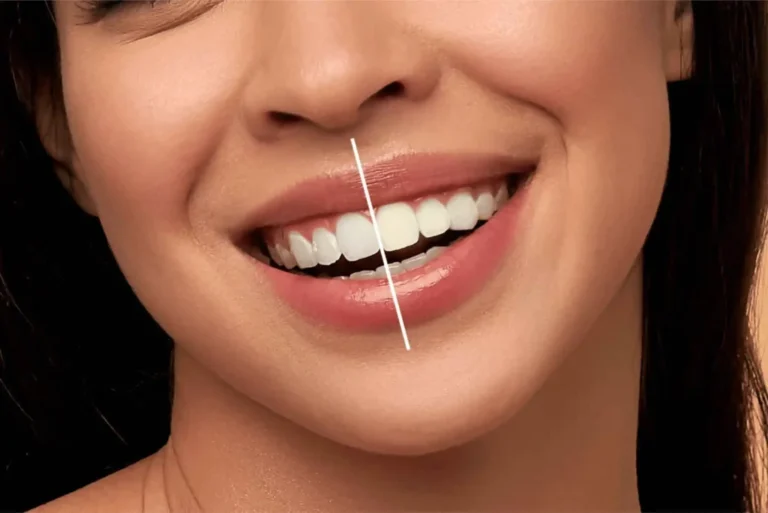How To Choose Between Clear Aligners and Traditional Braces
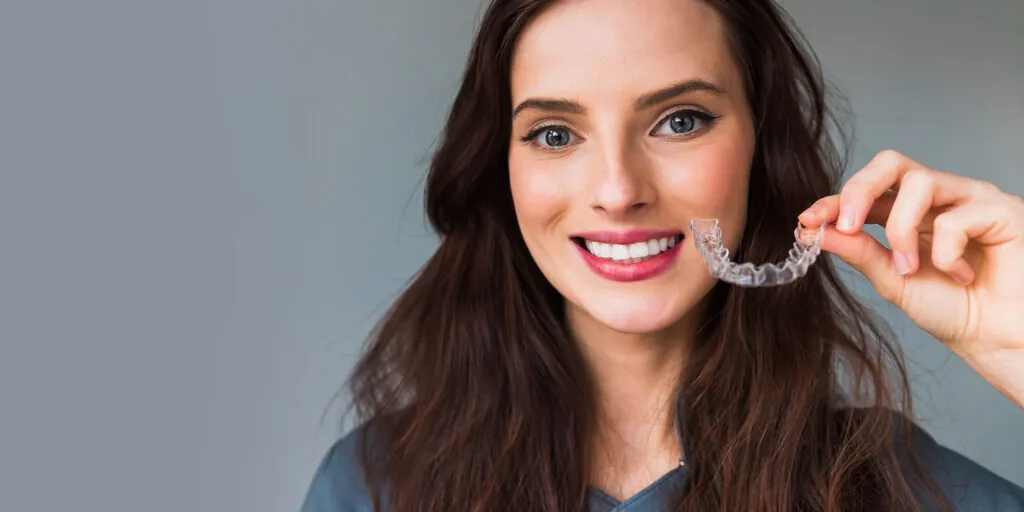
For many years, traditional metal braces were the primary method for straightening teeth. Today, advancements in dental technology have introduced clear aligners as a popular alternative. Understanding the differences between these two options allows patients to make an informed choice that aligns with their lifestyle and orthodontic needs. Both treatments aim to achieve a properly aligned smile, yet they function in distinct ways.
What Are Clear Aligners?
Clear aligners are a modern orthodontic treatment designed to straighten teeth without the use of metal brackets and wires. They consist of a series of custom-made, transparent plastic trays that fit snugly over the teeth. Each tray is slightly different from the last. They apply gentle, controlled pressure to specific teeth to move them into their correct positions over time.
The process begins with a dental professional creating a precise digital model of your teeth. This model is used to map out a complete treatment plan, from the initial position of the teeth to the final desired outcome. Patients receive a new set of aligners approximately every one to two weeks, with each set moving the teeth closer to their final alignment. For the treatment to be effective, the aligners must be worn for 20 to 22 hours per day, only being removed for eating, drinking, brushing, and flossing.
How Do They Compare to Braces?
The primary distinction between clear aligners and traditional braces lies in their appearance and construction. Braces consist of metal or ceramic brackets that are bonded to each tooth and connected by an archwire. This system works by having a dentist periodically adjust the wire to apply pressure and guide the teeth into place. Braces are a fixed appliance, meaning they remain attached to the teeth for the entire duration of the treatment.
Aligners are removable. This feature offers a different experience regarding oral hygiene and diet. With aligners, a person can remove the trays to brush and floss their teeth as they normally would. There are also no dietary restrictions, since the aligners are taken out before meals. With braces, food can become trapped in the brackets and wires, requiring more diligent cleaning techniques and avoidance of certain hard or sticky foods that could damage the appliance.
Clear aligners are nearly invisible, which many people find appealing. Traditional metal braces are highly visible, although options like ceramic or lingual braces offer less conspicuous alternatives. The treatment duration for both options varies depending on the complexity of the case, but both are effective at correcting a wide range of orthodontic issues.
What Are the Benefits?
Clear aligners present several benefits that contribute to their popularity. Their near-invisibility is a primary advantage for individuals who prefer a discreet orthodontic treatment. The removability of aligners provides convenience. Being able to take them out for meals means no food restrictions are necessary. Oral hygiene is also simplified, as one can maintain their standard brushing and flossing routine without having to navigate around fixed hardware. This can contribute to better gum health throughout the treatment period.
Speak Further With a Dentist
Choosing between clear aligners and traditional braces is a decision that depends on individual orthodontic needs and professional dental advice. Each treatment method offers a reliable path to a straighter smile, but they achieve this result through different means. A consultation with a dentist or orthodontist is the definitive step in determining which option is best suited for your specific situation.
- What to Expect When Visiting a Foot and Ankle Specialist
- Causes of PTSD
- The Link Between Plantar Fasciitis and Weight Gain: What You Need to Know
- How Pet Ownership Can Positively Impact Life with Fibromyalgia
- The Importance of Stretching and Flexibility in Sports Medicine
Dr. Emma Green is a health and wellness expert with over 10 years of experience in nutrition and fitness. Passionate about helping others live their healthiest lives, Dr. Green shares practical advice on wellness, nutrition, and sustainable living through LivingSpristine.



